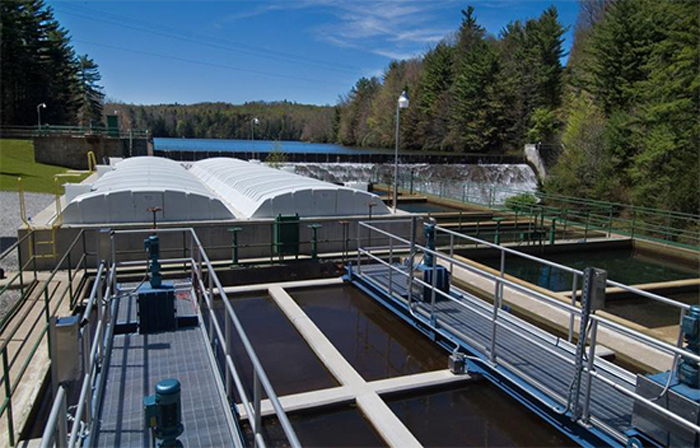
Oxidation-reduction potential (ORP) is very important in many industries, such as food processing, swimming pools, and water treatment. If we have a good understanding of ORP, we can evaluate the state of a system. This will help create the most favorable conditions for achieving our goals. If you are curious about the concept of ORP and how it influences many processes, you should continue reading this article.
What is ORP?
The ORP of a solution or substance is its capacity to decrease or oxidize another material. Basically, it’s a way to quantify how likely a system may lose or gain electrons. The millivolt (mV) value of the oxidation-reduction potential indicates the system’s electrical potential. A positive oxidation-reduction potential number indicates an oxidizing environment, whereas a reducing environment appears as a negative value.
The following are some of the reasons why the measurement of oxidation-reduction potential (ORP) is so important in the process of processing drinking water:
- Keeping the infrastructure and distribution system free of corrosion
- Trucking the number of metals in water from the ground or the surface
- Making sure the anticipated oxidation-reduction potential of the discharged water is satisfactory to the end user
- Keeping track of the disinfection procedure
Understanding the importance of ORP in water treatment
Oxidation-reduction potential is a measurement that works well in wastewater treatment systems, and pools. This will help to determine the oxidation state of the water. For the purpose of determining how efficient a disinfectant is in water, redox potential is occasionally used as a measurement.
If the user knows that the particular sample component is primarily responsible for the values received, ORP can be a useful measurement. Take chlorine as an example; when there’s too much of it in wastewater, the Oxidation-Reduction Potential value will be very positive, and when hydrogen sulfide is present, it will be very harmful.
To compare the results, it is necessary to record the ORP with each measurement because it is temperature-dependent. Oxidation-reduction potential (ORP) readings are sensitive to temperature and the solution’s pH. As an example, hypochlorous acid is the liquid form of chlorine. The amount of free chlorine it produces is pH dependent. More chlorine is produced at lower pH values.
The pH of water can be easily measured in three easy steps:
- Calibration
Determine the oxidation-reduction potential in millivolts using a calibration solution. Dip the sensor into the calibration solution. After the oxidation-reduction potential values have been set, execute the calibration command.
- Measurement
The oxidation-reduction potential meter will show the mV value when you immerse the electrode in water.
- Calibration repeat
For each occasion, a different sample is used for analysis.
The significance of measuring ORP
Any material that may undergo an electron exchange is required for ORP. Bacterial survival in water is remarkably sensitive to redox potential.
Bacteria and other microbes need dissolved oxygen to decompose harmful chemicals in water. Thus, water sources with lower oxidation-reduction potential levels are more contaminated. This is because they contain the same oxidizing agents but less oxygen.
A higher oxidation-reduction potential value indicates more sanitary water. On the oxidation-reduction possible scale, the level of disinfection for drinking water will be approximately 650 mV. Additionally, the level of disinfection for pool water will be between 700 and 750 mV. This is because chlorine, an oxidizing agent, will be present in pool water.
Therefore, knowing the basic levels of oxidation-reduction potential in water is essential for any application. Because it shows how pure water is based on its reducing and oxidizing properties, the oxidation-reduction potential is typically one of the water analysis parameters included in most applications. Water with an ORP that is too low or too high could be useless. This is because it contains too much of a particular ingredient. For instance, when the oxidation-reduction potential result is high, the water is completely saturated with ferric and chloride ions. Organic degradation products and sulfides can contaminate water, leading to low ORP values. If you check the oxidation-reduction potential levels on a regular basis, you may see how well the disinfection is working and change up your water treatment routine as needed.
Conclusion
Oxidation-reduction potential, or ORP, is an important metric affecting many environmental monitoring procedures and industries. Learning about and quantifying ORP can improve food processing, optimize industrial processes, and keep water quality high. We can better use ORP by considering how it interacts with other water quality parameters and debunking popular fallacies.
